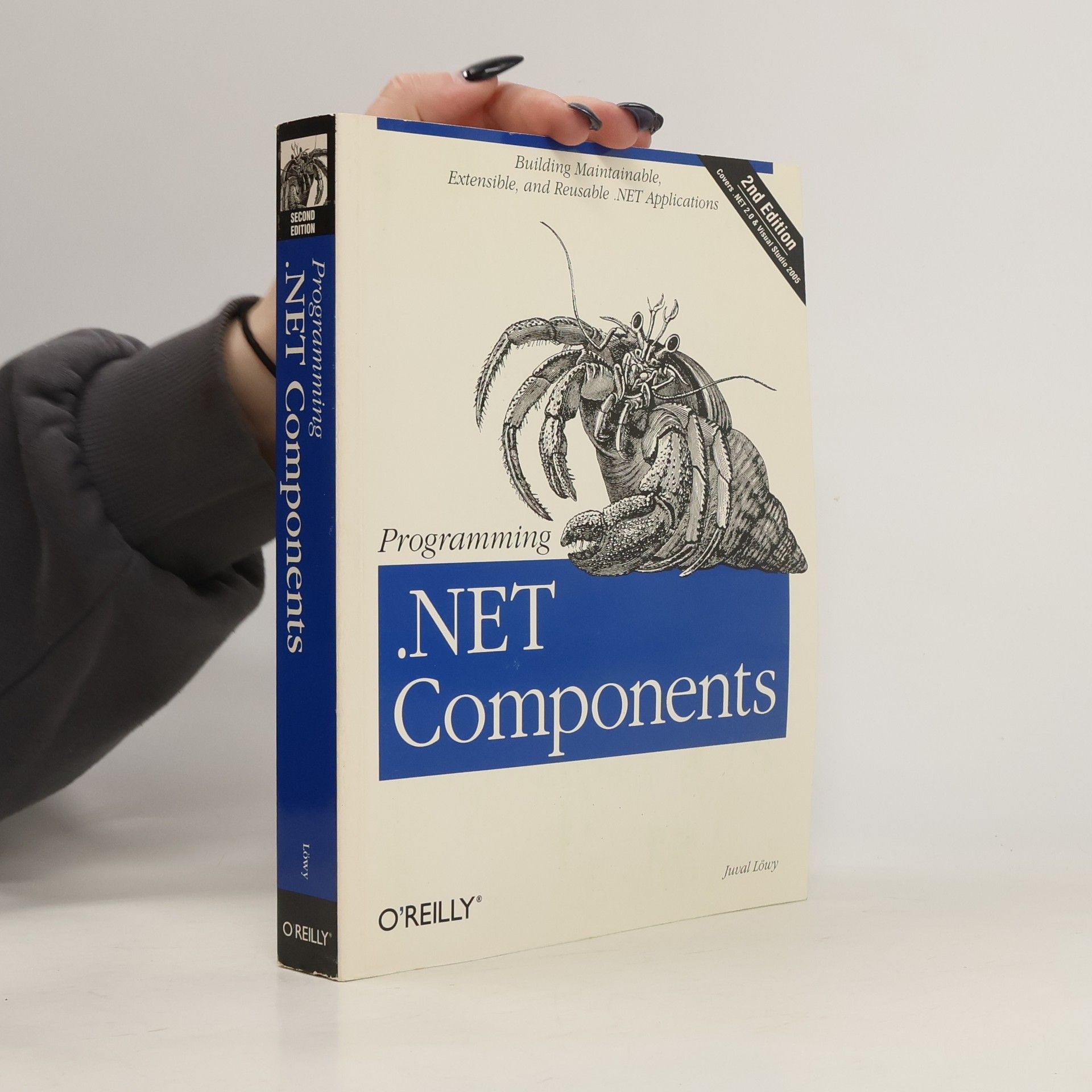Wspomnienia Abrahama Podliszewskiego, zatytułowane „Z pamiętników podróży 1907 r. (Palestyna przed laty dwudziestu)”, to książka nie tylko interesująca, lecz także niezwykle cenna, ponieważ przedstawia nowoczesną społeczność żydowską w Kraju Izraela (Palestynie) w chwili tworzenia. Obszary te były jeszcze częścią chylącego się ku upadkowi państwa osmańskiego, ale wkrótce miało się to zmienić. Po okresie pierwszej alii położono tu fundamenty pod budowę nowych osiedli rolniczych, rozbudowę infrastruktury, rozwój przemysłu. Jednocześnie Palestyna była jeszcze krajem bardzo prymitywnym i zaniedbanym, leżącym na peryferii państwa osmańskiego. Czas podróży Podliszewskiego to magiczny moment, kiedy wszystko jeszcze było w budowie, w planach, snach i marzeniach. Był to Altneuland (Stary Nowy Kraj) w chwili tworzenia, w transformacji, w przełomowym okresie, kiedy wszystko mogło się zakończyć wielkim sukcesem lub wielką porażką. Abraham Podliszewski (1862–1929) – kupiec, działacz syjonistyczny. Początkowo skłaniał się ku asymilatorom, ostatecznie poparł syjonizm polityczny. Wkrótce stał się jednym z najwybitniejszych przedstawicieli pierwszego pokolenia polityków tego ugrupowania. Był uczestnikiem kongresów syjonistycznych i przyjaźnił się z wieloma czołowymi działaczami syjonistycznymi na świecie. W 1907 roku odbył podróż do Kraju Izraela (Palestyny). Podliszewski zajmował się również działalnością społeczną i charytatywną. Opublikował kilka książek. Witold Wojciech Mędykowski – historyk, politolog, absolwent Uniwersytetu w Tel Awiwie oraz Uniwersytetu Hebrajskiego w Jerozolimie. Uzyskał doktorat z politologii w Instytucie Studiów Politycznych PAN oraz z judaistyki na Uniwersytecie Hebrajskim w Jerozolimie. Jest autorem wielu publikacji dotyczących historii najnowszej, stosunków polsko-żydowskich, Zagłady, II wojny światowej i archiwistyki.
Juval Löwy Book order




- 2020
- 2020
- 2007
Programming WCF Services
- 634 pages
- 23 hours of reading
An introduction to Microsoft's unified platform for developing service-oriented applications (SOA) on Windows. This book delivers insight to teach developers what they need to know to build the next generation of SOAs. It focuses on the rationale behind particular design decisions.
- 2005
Programming .NET components
- 644 pages
- 23 hours of reading
'Programming .NET Components', second edition, updated to cover .NET 2.0., introduces the Microsoft .NET Framework for building components on Windows platforms. From its many lessons, tips, and guidelines, readers will learn how to use the .NET Framework to program reusable, maintainable, and robust components.